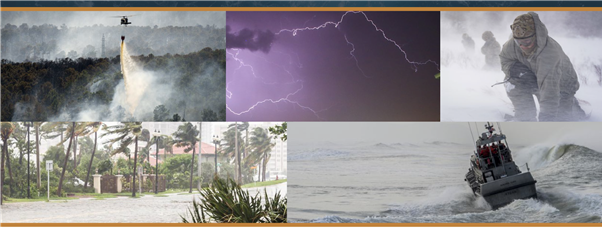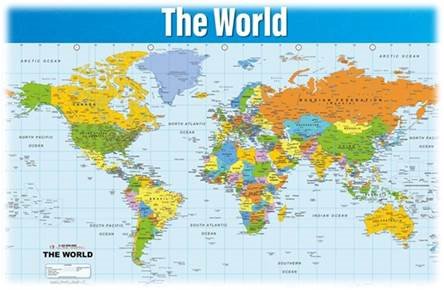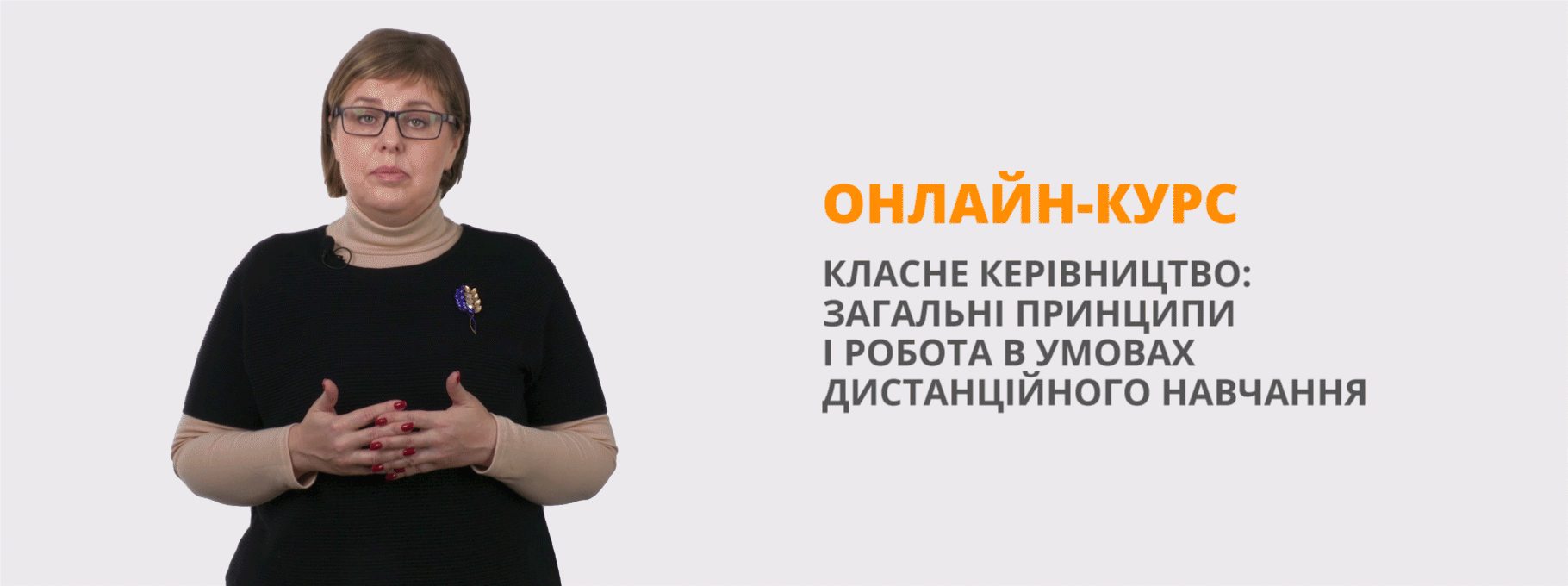Урок "Extreme weather"
![]() Уро темо
Уро темо :
![]() “ trem weather
“ trem weather”

Grade: 4
Objectives:
• to read and understand the text about hurricanes;
• to familiarize students with the kinds of extreme weather conditions;
• to develop critical thinking (giving personal opinions when writing).
By the end of the lesson students will be able to:
• to talk about natural disasters and the place they can appear; • to write short information about one situation of extreme weather.
Materials: world map, Islands 4 Pupil's Book, Islands 4 Activity Book, flashcards, class audio CD, sticker notes.
Timing: 40 min;
PROCEDURE:
Introduction
1. Greeting.
T: Hello, boys and girls! Today we continue talking about the weather.
2. Warming-up.
T: Look at the map, please! Is it cold in Canada in winter?
Ss: Yes, it is.
T: What’s the weather like in Egypt in summer?
Ss: It’s very hot and humid.
T: What’s the weather like in Ukraine in autumn? Ss: It’s often rainy.
(Each time teacher points to places on the map and asks questions about the weather there that pupils should be able to answer from general knowledge.)
MAIN PART
3. Presentation of new vocabulary.
T: Good, now let’s think about weather conditions that can be dangerous. Look at the words. How do you say them in Ukrainian?
|
It᾽s very snowy and windy. |
Blizzard. |
|
There᾽s water in houses. |
Flood. |
|
It᾽s very windy. |
Hurricane. |
|
There᾽s hot and no rain for a long time. |
Drought. |
(Teacher displays the word cards on the board. Students match the word with its description. The colour of the word helps them to do it correctly.)
T: They are called extreme weather conditions. What kinds of damage can they cause?
Ss: No home to live, no food to eat, death.
4.1. Pre-reading.
T: Open your books on page 38. What’s this?
Ss: Hurricane.
T: Do you like storms (strong winds)?
Students᾽ answers:
T: Look at the pictures. How do you understand the meaning of the following words (circle, knock down, wave)?

circle knock down wave
4.2. Reading.
T: Let’s listen to the recording and find out more facts about hurricanes.
Hurricane
Do you like hurricanes? This man likes hurricanes. He’s flying into a hurricane with the camera.
What is a hurricane? A hurricane is a big storm. There’s a lot of wind and a lot of rain. The hurricane goes round in a big circle. It can knock down trees and houses.
There are big waves on the sea too.
What is an eye of a hurricane? The eye is the centre of the hurricane. It isn’t windy or rainy there. Can you see the eye of the hurricane in the picture?
When are there hurricanes? There are hurricanes in the summer and the autumn.
5. Post-reading.
T: Read the text again and decide whether the statements below the text are true or false;
1. The man with the camera likes storms. True.
2. A hurricane is a small storm. False.
3. It's sunny when the hurricane comes. False.
4. It's windy and rainy in the eye of a hurricane. False.

6. Relaxation.
(Pupils mime the actions as they sing along).
Spring, summer, autumn, winter Four seasons in the year.
It᾽s spring.
We go camping in spring.
We fish and swim in the river.
It᾽s summer.
I go water skiing in summer.
I jump up high in the sea.
It᾽s autumn.
She goes hiking in autumn.
She walks and climbs in the mountains.
It᾽s winter.
He goes snowboarding in winter.
He rides and jumps in the snow.
7. Writing task.
T: Good job, boys and girls. Do you know that big storms have got different names in different parts of our planet? In North and Central America people call it hurricane. In Asia they call it typhoon. In Australia – cyclone.
|
North/Central America |
hurricane |
|
Asia |
typhoon |
|
Australia |
cyclone |
T: Now complete the following sentences according to the information you have just read. What do people call big storms in these countries? Why? Explain your answer. You can use the world map if you need.
Hurricane, typhoon or cyclone?
1. Korea is situated in _______. People call big storms ________________there.
2. The USA is situated in__________. People call big storms ____________there.
3. China ___________________________________________________________.
4. Mexica _________________________________________________________.
5. Canada _________________________________________________________.
8. Pair work. “Hurricane danger zones” activity.
T: Now you have to find out where hurricanes often occur. Write the names of these places on pieces of paper. Then stick your cards in the correct places on the world map.

CLOSING
9. Home assignments.
T: Choose one situation of extreme weather mentioned today and look for information about it in reference books or on the internet. Write a few sentences about your choice. You can illustrate your text with drawings or printed pictures.
T: Thank you for the lesson! We have done a lot of work! Goodbye!


про публікацію авторської розробки
Додати розробку
